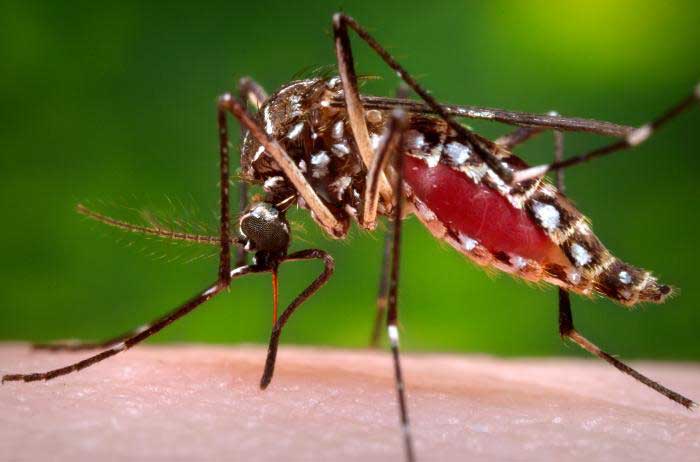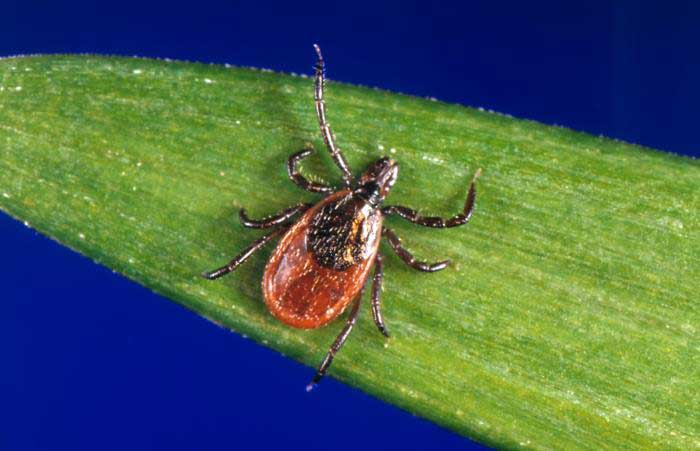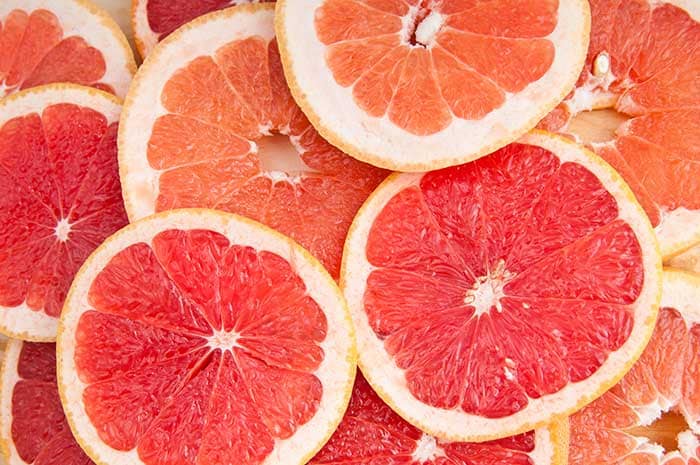Nootkatone: A new active ingredient for developing insecticides and insect repellents
Nootkatone, as an EPA-registered product, allows manufacturers to develop insect repellents, lotions, and soaps for consumers
Every state and US territory is at risk for vector-borne diseases (VBD). The number of reported cases of VBD doubled from 2004 to 2018. Tickborne diseases (TBD) represent almost 80 percent of reported VDB cases. Ten vector-borne pathogens were newly identified in the United States in the past 13 years, including chikungunya, Zika, and six tickborne pathogens.
For various reasons, many people don’t like to use insect repellents. In order to address mosquito and tickborne threats, we need products that people accept and are willing to use to protect themselves from bites. Also, mosquitoes are becoming increasingly resistant to insecticides, therefore we need new publicly supported insecticide options.
On July 20, 2020 the US Environmental Protection Agency (EPA) announced registration of the CDC-discovered and developed compound, nootkatone, for manufacturing use into insecticides and repellents. Registration of a manufacturing use product paves the way for manufacturers to develop nootkatone-based products for consumers to buy, including insect repellents, lotions, and soaps. CDC, our exclusively licensed partner, Evolva, and HHS Biomedical Advanced Research Development Authority played a pivotal role in the discovery, applied research, and EPA registration of this compound. Read the press release to learn more.
Nootkatone is:
- A compound found in minute quantities in Alaska yellow cedar trees and grapefruit skin.
- Able to repel and kill ticks and insects, including mosquitoes.
- Responsible for the characteristic smell and taste of grapefruit.
- Widely used in the fragrance industry to make perfumes and colognes.
- Lasts on skin and clothing for several hours
- Used in citrus-smelling shampoos, conditioners, lotions
- Widely used in the food industry to flavor foods.
- It takes several tons of grapefruit to produce just 1 kg (2.2 lb.) of nootkatone. Evolva’s process allows nootkatone to be made in large amounts in a highly reproducible and contaminant-free manner. Once rare and expensive, nootkatone is now being produced at a low cost.
Nootkatone is an active ingredient, not an end-use (brand name) product
- Active ingredients are what make end-use products effective.
- For example, DEET is an active ingredient that is used in many brand name insect repellents.
EPA registration allows CDC’s exclusively licensed partner, Evolva to sell nootkatone as an active ingredient to be incorporated into insect repellents and insecticides
- Insect repellents applied to skin
- Low volume and ultra-low volume sprays for public health use (not agricultural use)
Nootkatone has a novel mode of action
- Nootkatone appears to kill biting pests in a unique way, different from other insecticides already registered by the EPA.
- Nootkatone works differently from other insecticides, including pyrethroids, organophosphates, carbamates, and cyclodienes.
- Insecticides made with nootkatone can help in the fight against mosquitoes that have become resistant to current ones.
References
- Panella, N.A., M.C. Dolan, J.J. Karchesy, Y. Xiong, J. Peralta-Cruz, M. Khasawneh, J.A. Montenieri, and G.O. Maupin. 2005. Use of novel compounds for pest control: insecticidal and acaricidal activity of essential oil components from heartwood of Alaska yellow cedarexternal icon. J. Med. Entomol. 42:352-358.
- Dietrich, G., M.C. Dolan, J. Peralta-Cruz, J. Schmidt, J. Piesman, R.J. Eisen, and J.J. Karchesy. 2006. Repellent activity of fractioned compounds from Alaska yellow cedar (Chamaecyparis nootkatensis) essential oil against nymphal Ixodes scapularis.external icon J. Med. Entomol. 43:957-961.
- Dolan, M.C., G. Dietrich, N.A. Panella, J.A. Montenieri, and J.J. Karchesy. 2007. Biocidal activity of three essential wood oils against Ixodes scapularis (Acari: Ixodidae), Xenopsylla cheopis (Siphonaptera: Pulicidae), and Aedes, aegypti (Diptera: Culicidae).external icon J. Econ. Entomol. 100:622-625.
- Dolan, M.C., R.A. Jordan, T.L. Schulze, C.J. Schulze, M. Manning, D. Ruffalo, J.P. Schmidt, J. Piesman, and J.J. Karchesy. 2009. Ability of two natural products, nootkatone and carvacrol, to suppress Ixodes ..scapularis and Amblyomma americanum (Acari: Ixodidae) in a Lyme disease endemic area of New Jersey.external icon J. Econ. Entomol. 102:2316-2324.
- Jordan, R.A., M.C. Dolan, J. Piesman, and T.L. Schulze. 2011. Suppression of host-seeking Ixodes scapularis and Amblyomma americanum (Acari: Ixodidae) nymphs after dual applications of plant-derived acaricides in New Jersey.external icon J. Econ. Entomol. 104:659-664.
- Schulze, T.L., R.A. Jordan, and M.C. Dolan. 2011. Experimental use of two standard tick collection methods to evaluate the relative effectiveness of several plant-derived and synthetic repellents against Ixodes scapularis and Amblyomma americanum (Acari: Ixodidae).external icon J. Econ. Entomol. 104:2062-2067.
- Dolan, M.C., and N.A. Panella. Research and development of all natural, plant-derived insecticides, pesticides, and repellents for the control of disease-vectoring arthropods of public health importance. 2011. ACS Books. Recent Developments in Invertebrate and Vertebrate Repellents. ACS Books. Eds G. Paluch and J Coats.
- Jordan, R.A., T.L. Schulze, and M.C. Dolan. 2012. Efficacy of plant-derived and synthetic compounds on clothing as repellents against Ixodes scapularis and Amblyomma americanum (Acari: Ixodidae).external icon J. Med. Entomol. 49:101-106.
CDC Media Relations
(404) 639-3286
media@cdc.gov






